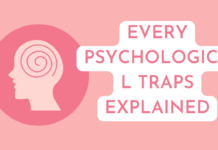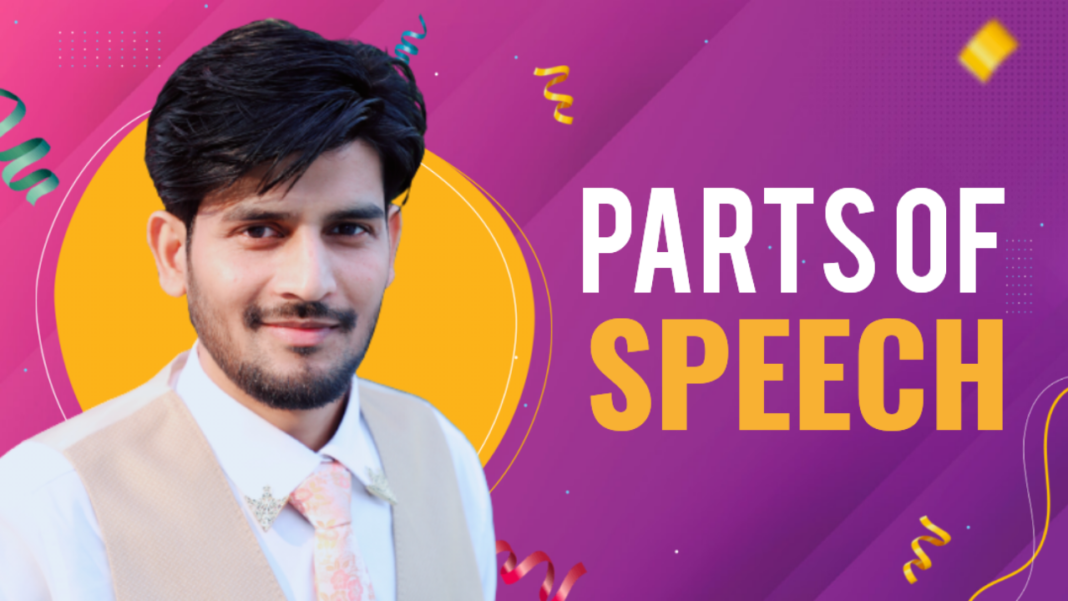| Noun | A noun is a person, place or things. | Person: Boy, Girl, Doctor Place: Home, Park, School Thing: Dog, Car, Hat |
| Pronoun | A pronoun takes the place of a noun, or it may replace a person’s name. | I, Us, We Me, They, He She, You, It |
| Verb | A verb describes an action or a state of being. | Action: Run, Think, Talk State of Being: Am, Are, Was |
| Adjective | An adjective describes a noun or pronoun. An adjective also says what kind, how many, or which one. | Happy, Strong More, Five This, That |
| Article | An article comes before a noun in a sentence and is a special kind of adjective. | A: a boy, a car An: an ant, an Ax The: The Cat, The Box |
| Adverb | An adverb tells how, when, where, or to what extent. | When: Yesterday Where: Here How: Perfectly Extent: Completely |
| Preposition | A preposition is used with a noun or pronoun to form a phrase. | At: at home By: by the table From: from here With: with me |
| Conjunction | A conjunction joins words and groups of words within a sentence. | and, except but, also either, or |
| Interjection | An interjection is strong feeling or reaction. | Uh-oh!, Oh! Oh-no!, wow! Hey!, Yeah! |
- Home
- Education
- Laws
- 1st Semester
- Constitutional Law of India – 1
- Contract
- Jurisprudence
- Law of Crimes
- Law of Torts
- 2nd Semester
- Constitutional Law of India – 2
- Contract 2
- Family Law (Hindu Law)
- Jurisprudence 2
- Law of Taxtion
- 3rd Semester
- 4th Semester
- Company Law
- Environmental Law
- Labour and Industrial Law
- 5th Semester
- Civil Procedure Code And Limitation Act
- Law of Crimes – II
- Case Laws
- Drafting
- THE CODE OF CRIMINAL PROCEDURE, 1973
- English
- UPSC CSE
Welcome!Log into your account










